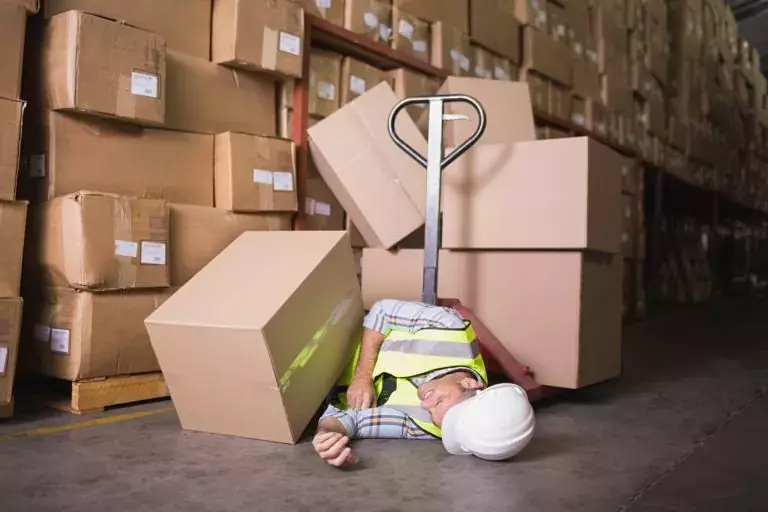 In the warehouse accidents are bound to happen. Sometimes these incidents are chalked up to the forces of nature, but more often than not it is a result of human intervention. With this being said, almost always these events are completely incidental. These occurrences are unintentional and sadly the product of actions taken in good faith. Nevertheless, human error can be quite costly. It is estimated that just one forklift accident can cost any business upward of $38,000. Indirectly, these expenditures can exceed over $150,000. The good news is there are steps you can take to mitigate these hazards and ultimately drive down the cost of human error. Nevertheless, there are several trouble areas that you should focus on that can minimize the effect of incidents in your warehouse.
In the warehouse accidents are bound to happen. Sometimes these incidents are chalked up to the forces of nature, but more often than not it is a result of human intervention. With this being said, almost always these events are completely incidental. These occurrences are unintentional and sadly the product of actions taken in good faith. Nevertheless, human error can be quite costly. It is estimated that just one forklift accident can cost any business upward of $38,000. Indirectly, these expenditures can exceed over $150,000. The good news is there are steps you can take to mitigate these hazards and ultimately drive down the cost of human error. Nevertheless, there are several trouble areas that you should focus on that can minimize the effect of incidents in your warehouse.
Not Ensuring Operators are OSHA Certified
The fact remains that OSHA or the Occupational Safety and Health Administration are constantly deriving methodologies geared to better the performance of employees and staff across the United States. In the case of forklift operations, this organization consistently looks to raise the bar to ensure only the best get behind the wheel. According to TotalTrax, it is imperative to track each driver’s certifications and training credentials. Furthermore, it is important to make note and send warnings to managers if qualifications are soon to expire. Such practices are proven to drive down the likelihood of an accident in the warehouse. On the contrary, failing to do this can expose your warehouse, and moreover your business, to a plethora of vulnerabilities and liabilities. This human error is costly yet readily avoidable.
2) Not Analyzing Behavior Practices – One cannot learn from their mistakes if they do not take a look at the bigger picture. In many cases, some warehouses simply write off an accident as an accident without looking any further. This is a huge mistake. Failing to conduct a root cause analysis will not allow management personnel to identify trends in discrepancies. Furthermore, incidents that are usually avoidable may not be exposed since the underlying factors are not unrooted. On the other side of this, analyzing behavior practices shows areas of improvement that ultimately transcends to best business practices. Invoking a proactive attitude towards continuous improvement will yield dividends as it reduces incident levels and as a result the concurrent expenditures.
3) Inadequate Inventory – If you don’t have the right tools to do the job, an accident is bound to happen. The human condition is that of adaptation. However, sometimes this can be a hindrance more than it can be an aid. Using the wrong forklift for the job, equipping the incorrect components in lieu of the ideal solution, or not implementing the appropriate safety measures are examples of how inadequate inventory can raise the stakes when it comes to error. Assuring you have the appropriate safety mechanisms and ensuring appropriate availability of the correct tools to perform the right functions and duties limits the plausibility for an error.
